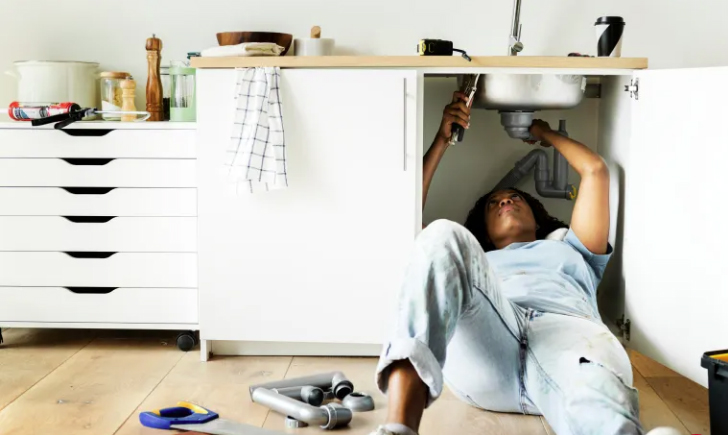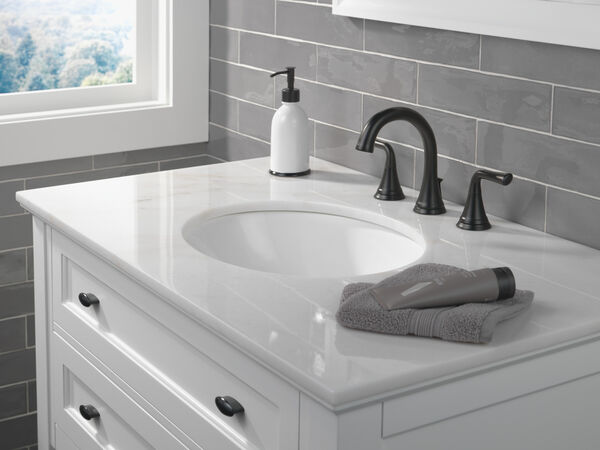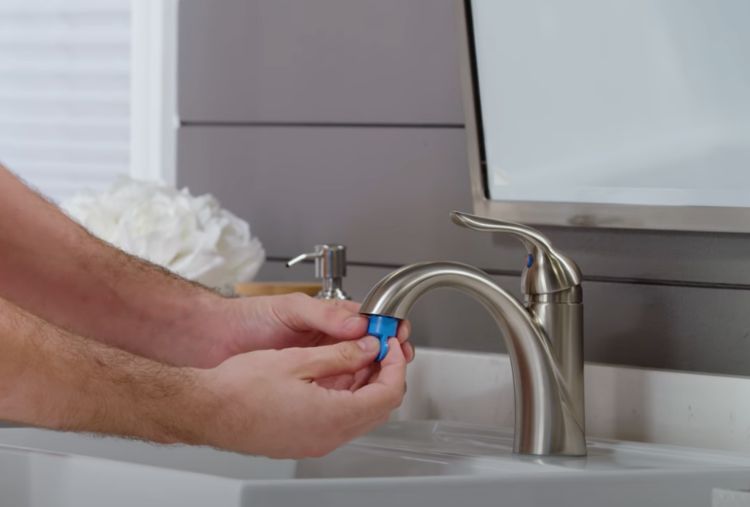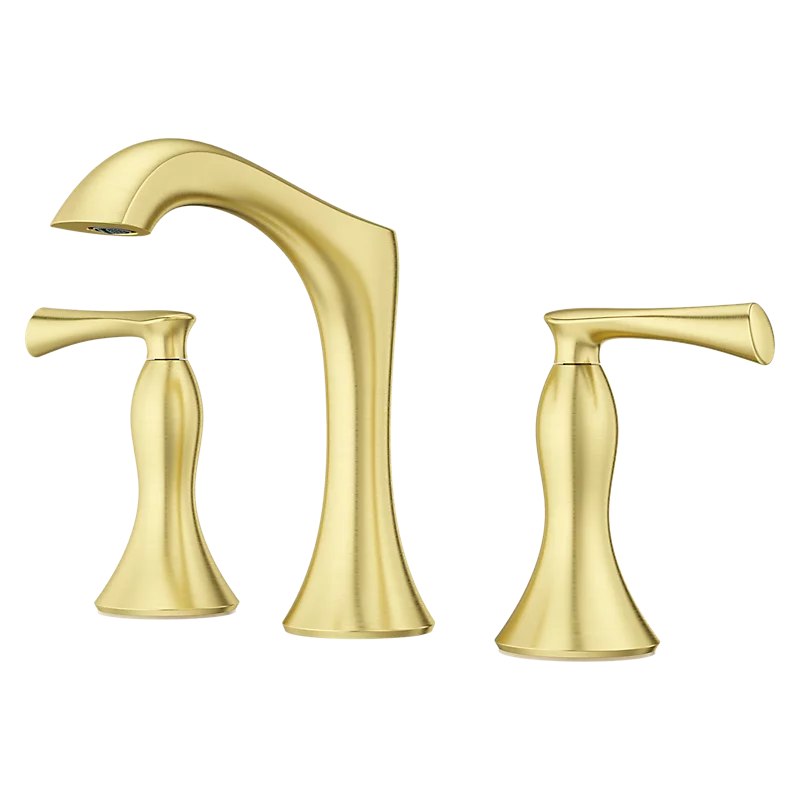If you’re not properly maintaining your home, the damage will become clear come inspection time. Leaky roofs, faulty HVAC systems, wood damage hinting at major structural problems. Oh, my!
But what exactly are the most important chores to prevent longterm (and expensive) damage? I went straight to the source—professional home inspectors—to ask them what you should focus on. Here, the half-dozen tasks and missteps homeowners often make when it comes to home maintenance 101.
1. Cleaning your gutters
Check and clean out your gutters, soffits, and fascia throughout the year to prevent debris from accumulating. If you don’t, it could cause leaks, rotting, and other expensive damage, says Benjamin Martin, a home inspector and president and lead inspector for Florida Certified Home Inspections.
“Once debris is carefully removed, any dirt or grime should be thoroughly cleaned and cleared; any missing caulk replaced; and holes, cracks, or loose areas repaired,” he says.
Plan to tackle this chore every spring and fall (or hire a professional if ladders make you queasy). Hot tip: Pine needles cause frequent gutter clogging. If you have a tree near your gutters, plan to do this more often.
2. Checking in on your air conditioning and heating system
Martin says the most ideal scenario is to hire an HVAC professional for semi-annual maintenance, focusing on cooling in the spring and heating in the fall.
“In the meantime, homeowners, especially those with pets, should change their filters once a month,” he says.
If you notice condensation gathering on your outdoor AC unit, don’t panic. Flush the condensate drain with soapy, hot water and vinegar. (If you’re new to this, look for the drain near the air handler. It’s usually made of PVC with an easy-to-access cap). If condensation continues to appear on the unit, if you notice drips, or the AC isn’t cooling, call in a licensed professional, Martin recommends.
3. Regularly flushing out clogs
Keeping your plumbing systems running smoothly will help you avoid leaks and water damage, Martin says. You should address small clogs as soon as they pop up. Yes, that means regularly removing the hair build-up in your shower (as unpleasant as it may be).
In terms of your toilet, remove any gunk that accumulates near a toilet valve (the long mechanism in the toilet tank) and replace worn flappers (the rubber seal in the tank), he says.
Also, check underneath your sinks and inside cabinets to see if there are any water spots or puddles. You may have a hidden leaks that need attention.
Hot tip: Pay special attention to what you put down your garbage disposal. You know you can’t put an avocado pit down your drain and expect things to go well. But some lesser-known foods can also damage your garbage disposal, and—gulp—your more pricy plumbing system. Fibrous veggies like asparagus and celery can wrap around the disposal’s blades; coffee grounds can build up in the plumbing pipes; grease and fats can congeal and, over time, clog pipes.
4. Calling the exterminator in a timely fashion
If you see a couple of bugs crawling, you may get a tad creeped out, but mostly annoyed. However, allowing bug problems to escalate could wreak major havoc on your home, says Kathleen Kuhn, CEO and president of HouseMaster Home Inspections.
Wood-eating termites, for example, notoriously put a home’s structural integrity at risk, causing expensive repairs down the line. Carpenter ants also damage the wood where they nest. Powderpost beetles are wood-boring insects, creating hollowed out spaces in your wood.
5. Draining your hot water heater
Many homeowners don’t know to partially drain their hot water heater, says John Bodrozic, co-founder of HomeZada, a digital home management site.
“Minerals in your water will build up over time at the bottom of your tank, which also causes the tank to work harder, which often causes the hot water heater to fail, causing water damage,” he explains.
Keeping your water heater running efficiently can greatly benefit your pocket: Replacing a hot water tank can cost up to $4,500. Bodrozic says to drain your tank from the bottom at least once a year to get the sediment out, then refill it.
Ahh, don’t you wish homeownership came with a user’s manual? To help, we’ve come up with a list of maintenance tasks that every first time home owner should know about.







